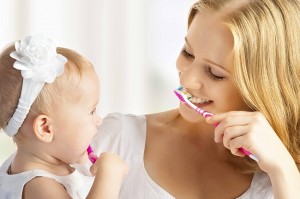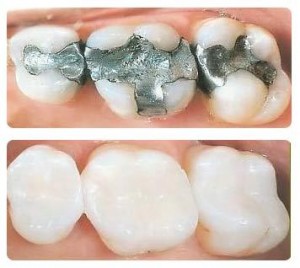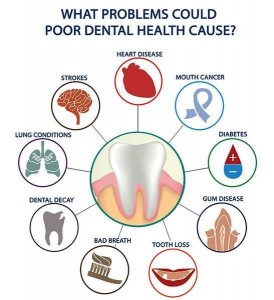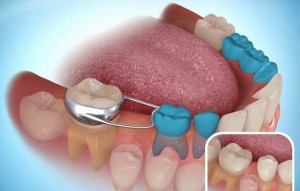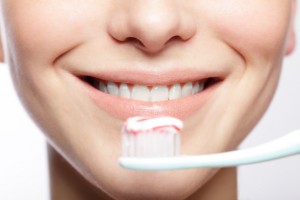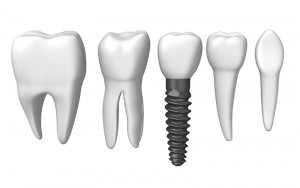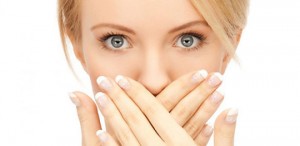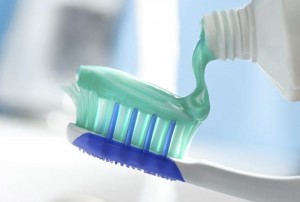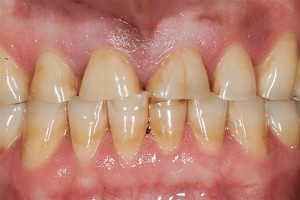It’s never too early to start taking care of your little one’s teeth. Proper oral health care should start when 1st tooth erupts. Follow these guidelines
Just say no to Bottles in bed
Never put your baby to sleep with a bottle or sippy cup filled with milk, formula, fruit juice, or the sweet liquid. The sugar in these beverages can cause cavities in baby’s teeth, leading to ‘Baby bottle tooth decay’ . give your baby a bottle when it is going to sleep, fill the bottle with water instead.
Be sure your baby drinks fluoridated water
By the time your baby is 6 months old, he or she will require some fluoride for healthy teeth. Most babies can get all of the fluoride they need from the water they drink. Keep in mind that bottled water usually doesn’t have fluoride, however if you have questions for fluoride, talk to your dentist.
Clean your baby’s gum
Twice a day, gently wipe your baby’s gum with a wet, clean, soft cloth. You should start doing this even before your baby’s 1st tooth erupts. The average age is 6 months, but some infants don’t get their first tooth until they are 14 or 15 months old. Some babies see their first tooth when they are as young as 3 months old!
Brush new teeth
Once the first tooth erupts in, you can clean them using soft, flexible children’s toothbrush and water. Gently brush its first teeth with a tiny amount of fluoridated toothpaste .switch to a pea-sized amount of fluoridated toothpaste once your child is age 2.
See a Dentist
Whether it’s the first tooth or first birthday, no matters which happen first –It’s time for your child first dental appointment. Your dentist will examine your child and advice you on any concerns you have, such as thumb sucking .

